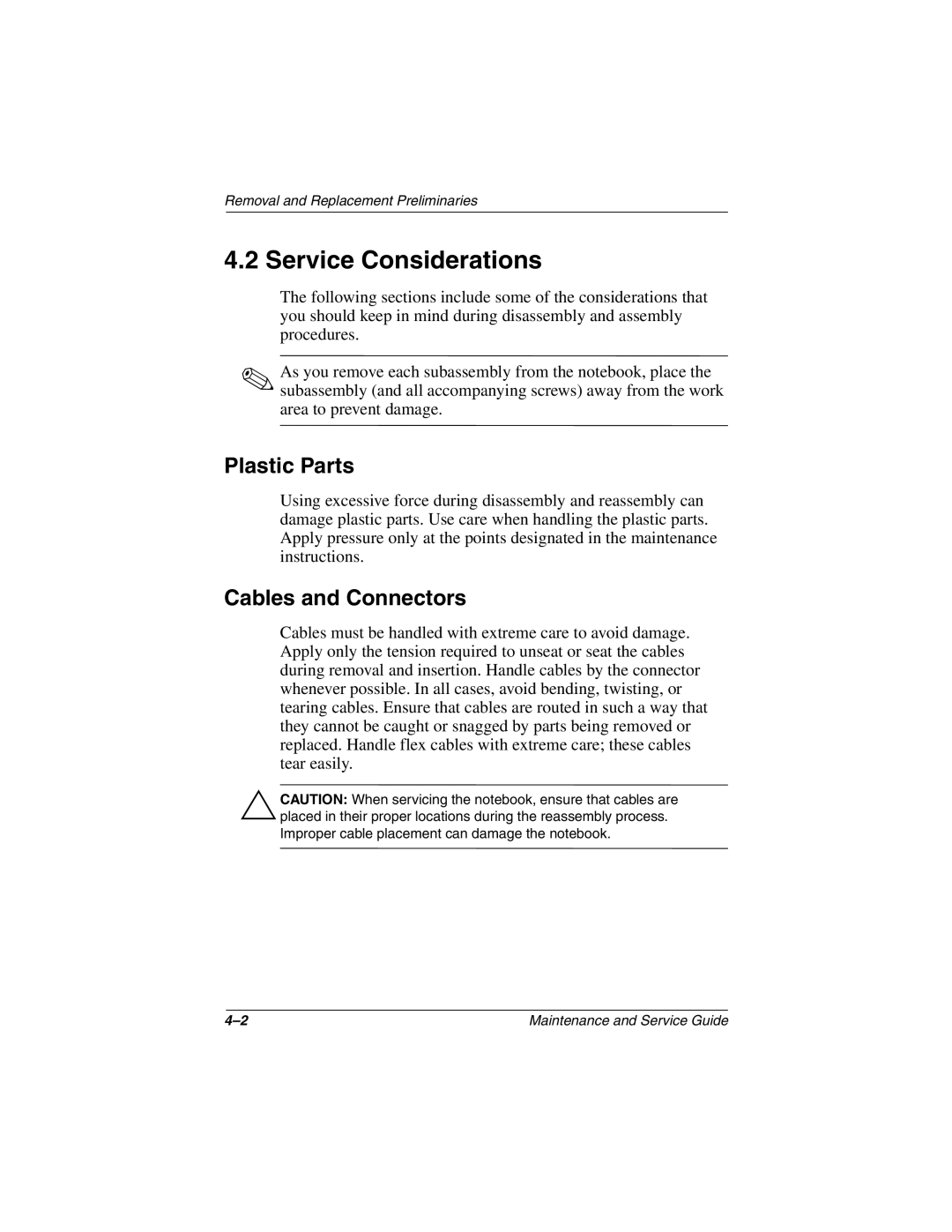N400C, N410C specifications
The Emerson N410C and N400C series are advanced temperature and pressure controllers designed for industrial applications. Renowned for their precision and reliability, these controllers are engineered to meet the rigorous demands of various processes in industries such as pharmaceuticals, oil and gas, and manufacturing.The N410C model offers a wide range of features that make it particularly suitable for complex process control. With its 4.3-inch color touchscreen display, users benefit from intuitive navigation and real-time monitoring capabilities. This model supports both temperature and pressure control with high accuracy, ensuring that processes operate within specified parameters. The flexibility of programming is also a standout feature; users can create custom control strategies tailored to specific applications.
On the other hand, the N400C is designed for more straightforward applications where ease of use and reliability are paramount. It features a robust design, making it ideal for harsh environments. The N400C’s interface is user-friendly, with simple menu-driven navigation, allowing operators to quickly set parameters without extensive training. This model retains high performance, featuring dual-loop control capability, enabling it to manage multiple systems simultaneously effectively.
Both models utilize Emerson's proprietary control algorithms, which enhance stability and minimize overshoot during process changes. Another key technology included in these controllers is the advanced data logging feature. Users can track and analyze historical data, which is vital for optimizing processes and ensuring compliance with industry standards.
Emerson has also implemented comprehensive safety features in the N410C and N400C series. These include alarm management systems and fail-safe mechanisms that help to protect both the equipment and the processes it controls. Additionally, the units are designed with connectivity in mind, providing options for integrating with existing systems via Ethernet, MODBUS, and other industrial communication protocols.
In summary, the Emerson N410C and N400C controllers represent reliable solutions for temperature and pressure management in various industrial applications. Their combination of user-friendly design, robust performance, and advanced technologies makes them essential tools for improving process efficiency and ensuring operational safety.

